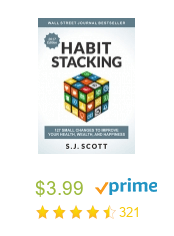
5 Steps To Decluttering And Organizing A Workspace

Steps To A Clutter-Free Workspace
Does your workspace look like a tornado hit it? Reports are on one corner of your desk, and spread across the keyboard is the current work; you know you have an appointment coming up, but you can't find your calendar under the mess. It seems that you may need to learn how to organize your work area! Having an organized work area can do more for you than make your desktop look better. Being organized can help you be more productive and reduce the amount of stress you feel when you get to work, during the day, and when you leave for home.
Organizing your desk may take more time than you have available during your workday. Ask your boss if you can come in on your own time to clean and organize your desk - they'll appreciate your desire. After all, organizing your work area benefits them as well as you. Are you ready to organize your working area? Read on to get some tips on how to organize your working area.
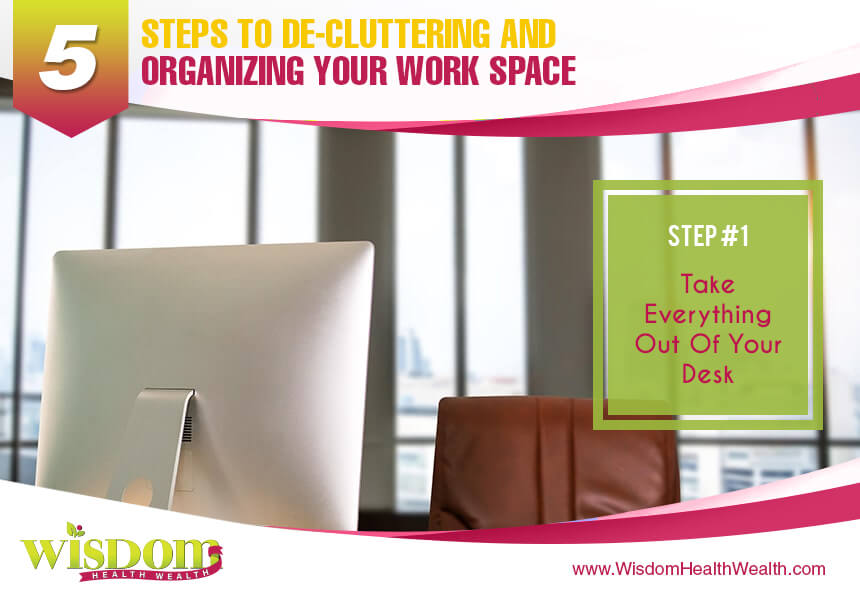
1Take Everything Out Of Your Desk
Remove everything from the top of your desk and out of the drawers. Of course, you can leave large items where they are. These include computers or printers.
Everything else should be put into boxes. Then, wipe down the entire surface of your desk and inside each drawer. This will prevent your files from getting dusty.
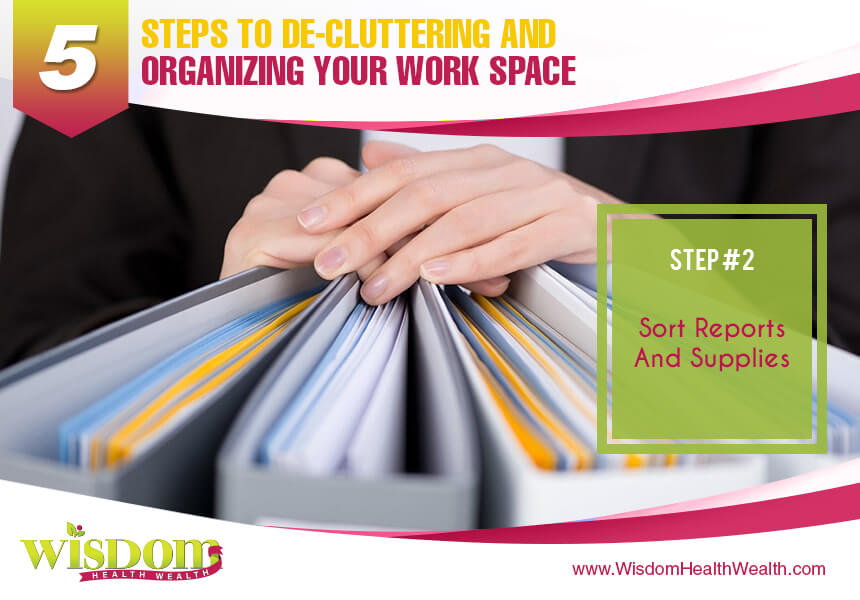
2Sort Reports And Supplies
Sort through the items that you removed from your desk and drawers. Do you have unnecessary duplicates of reports or files? If you do, then recycle them.
Are there items that you still need? Keep those items and set them aside until later. You can group items together, such as office supplies, filing materials, documents to be filed, reference materials, and desk accessories.
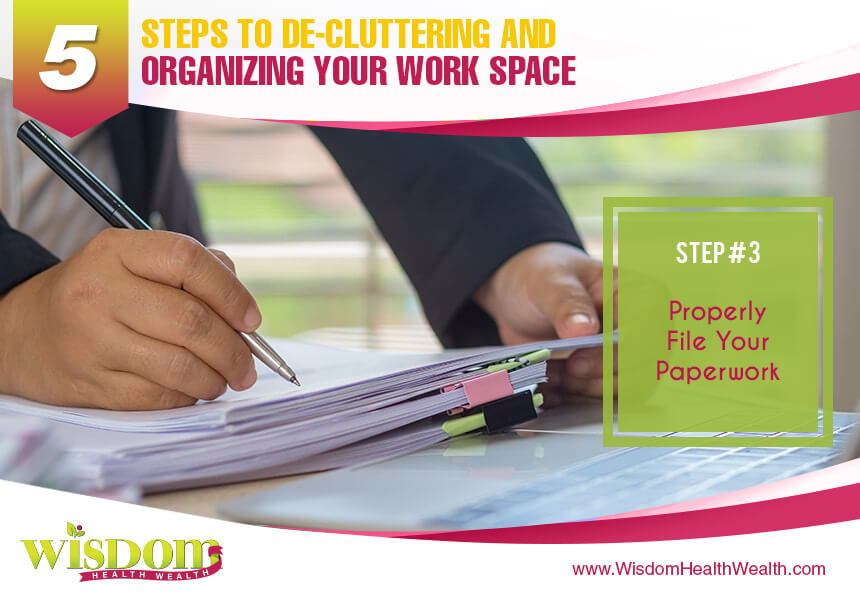
3Properly File Your Paperwork
Paper trays are often used in most offices. Do you have quite a bit of paperwork? If you do, vertical files are another option.
Establish a tickler file. Use this for the various activities that you perform regularly. You can label them: "To Read," "To File," "To Pay," "To Do," and others.
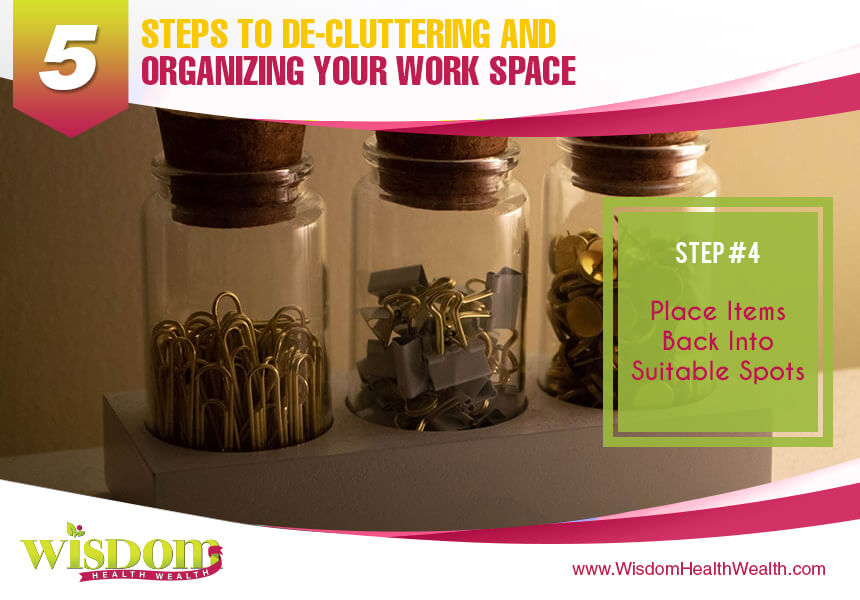
4Place Items Back Into Suitable Spots
Put things back into place after you've gone through them and purged what isn't needed. Put back only the items that you need at your desk. You'll want supplies that you frequently use to remain within reach so that those items will take precedence on your desk. You can put the unnecessary files away or on the bottom drawers.
The old saying goes, "A place for everything and everything in its place." Decide where each item goes and then leave it there unless you're actively using it. If you've noticed something that will help you become more organized, don't be afraid to ask your boss to pay for it. In the long run, your increased productivity will more than pay for the item.
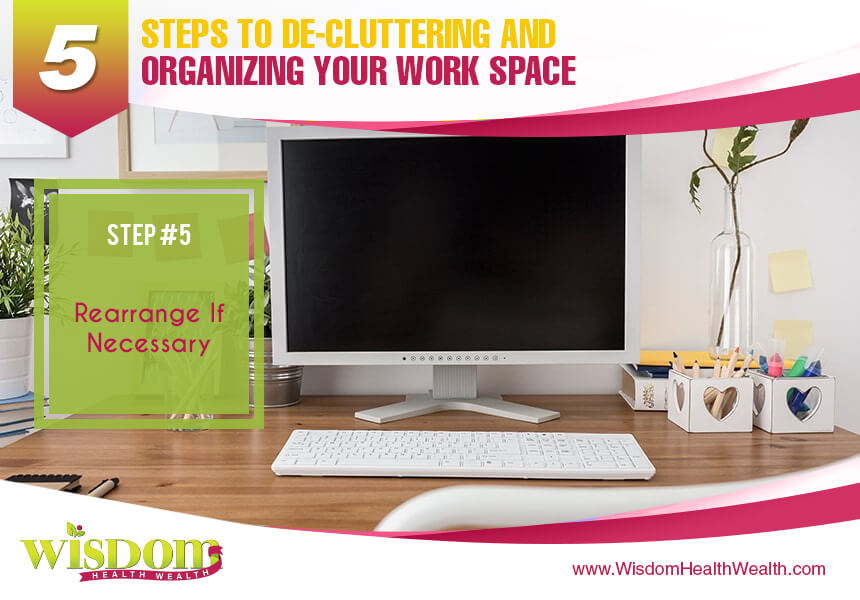
5Rearrange If Necessary
Are you in the middle of a big project and it's taking up much-needed space? Don't be afraid to remove an item. Then, put it right back when you're finished with the project.
Remember that your goal is to have an organized desk. This doesn't mean that it has to be cleared off. But you do want to have space so you can function.
After you have your desk organized, do what you can to keep it clean. Decide what you're going to do with each item placed on your desk. Use the tickler file if you have paper, or you can write important dates on your calendar instead of setting things aside to deal with later.
It can be so easy to keep your desk clear once you've learned how to organize your working area and put things back in their home when you're done with them. Take the last five minutes of your day to straighten your desk. It will, hopefully, stay that way from here on out.
About Author
Jackie Wing
GET THE FREE MAGAZINE DELIVERED STRAIGHT TO YOU:





